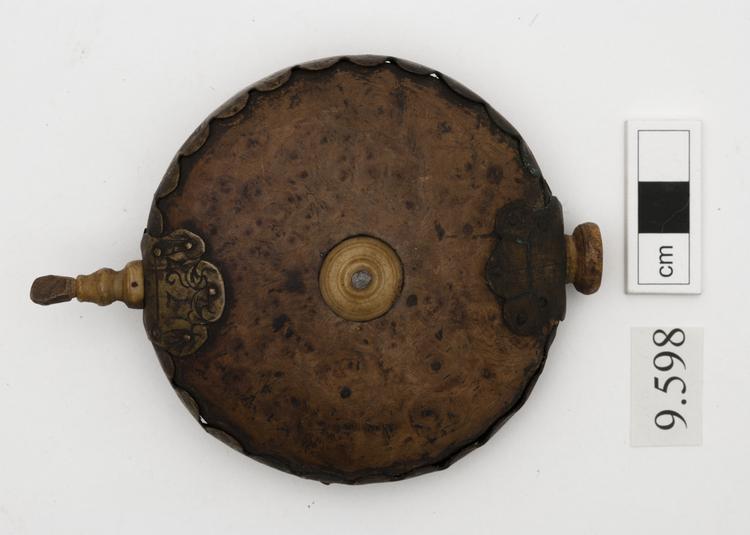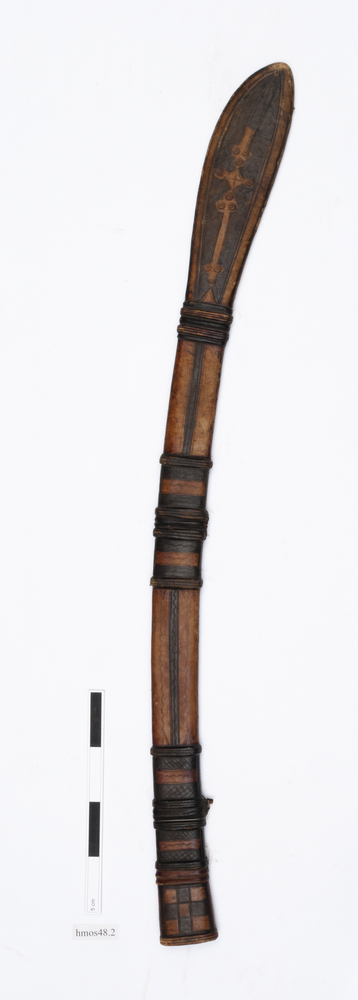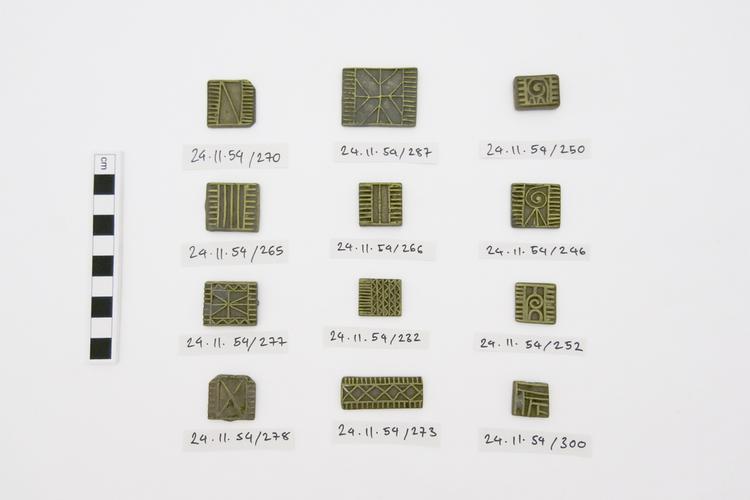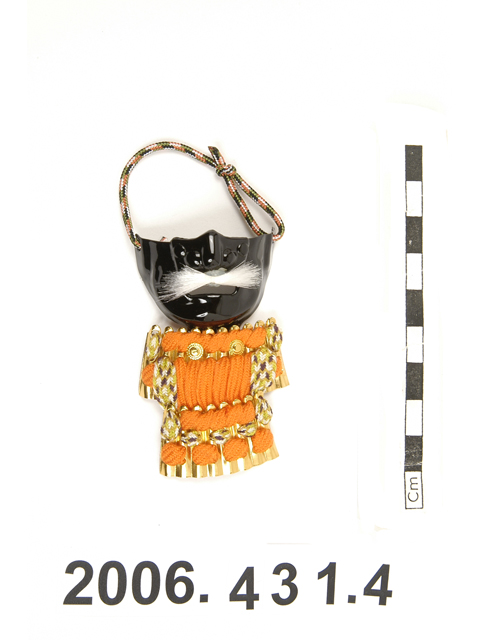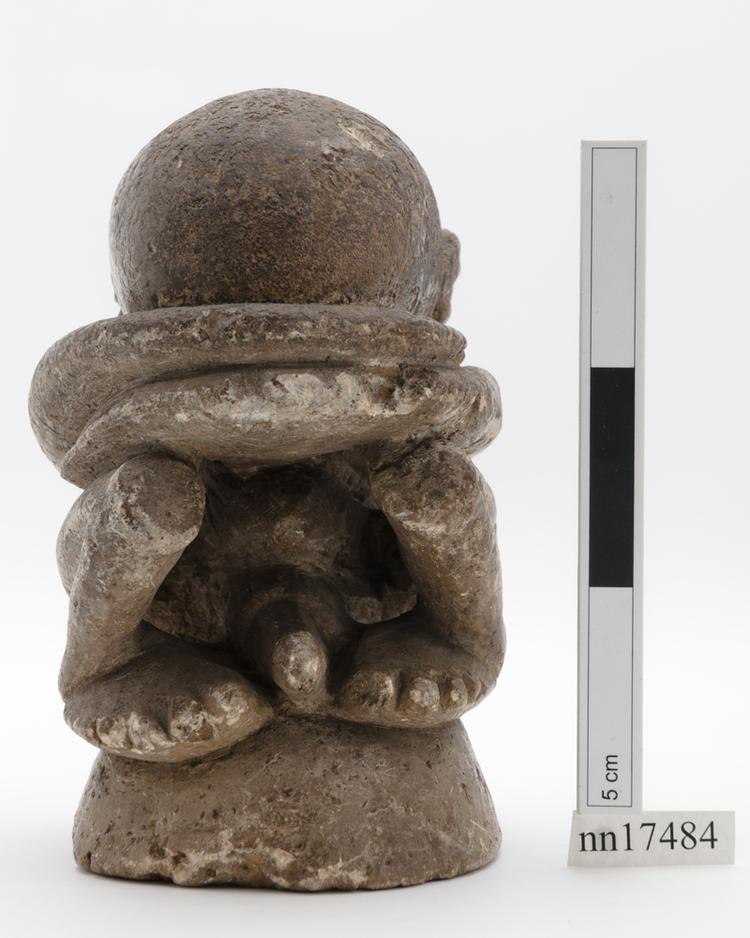
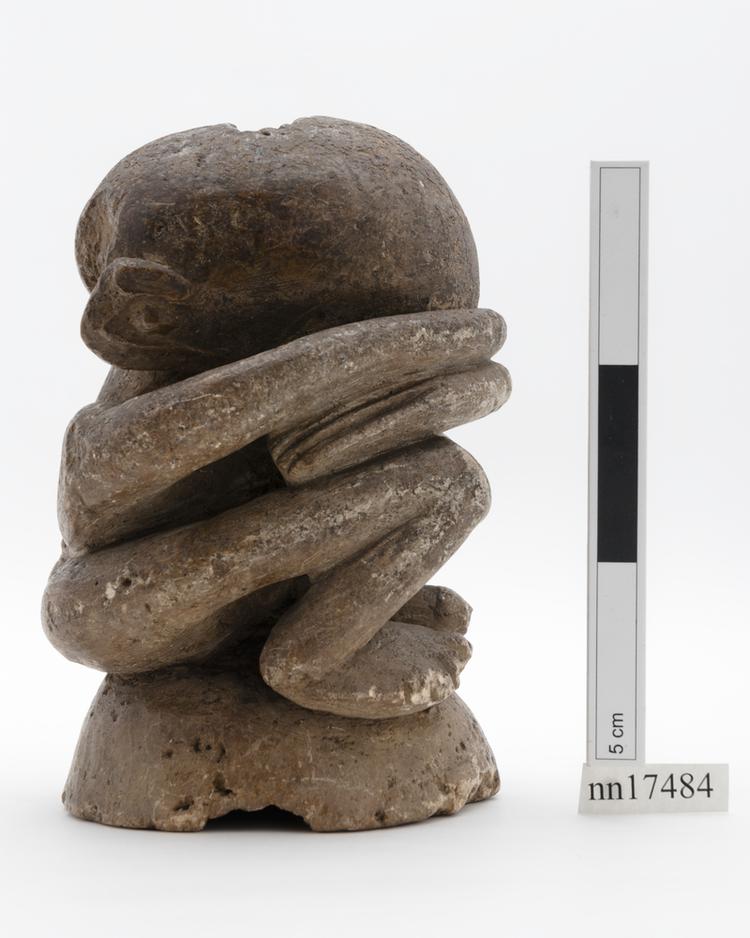

Soapstone figure, carved in the style of a nomoli. Nomolisia are thought to have originally been used as ancestor figures, however more recently they were dug up in largely Mende speaking areas during the preparation of fields for cultivation and reused to encourage high rice yields. This example is unusual for a nomoli since it depicts a crouching figure with its arms folder over its knees, hiding its face. There is a hole bored into the top of the head.



